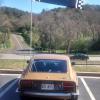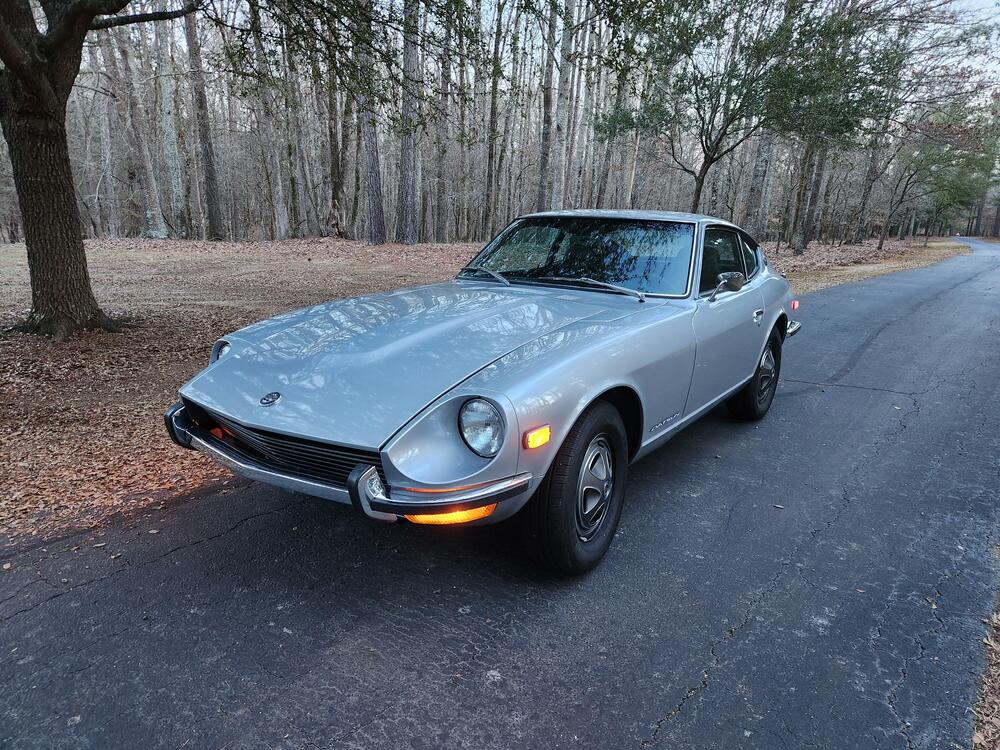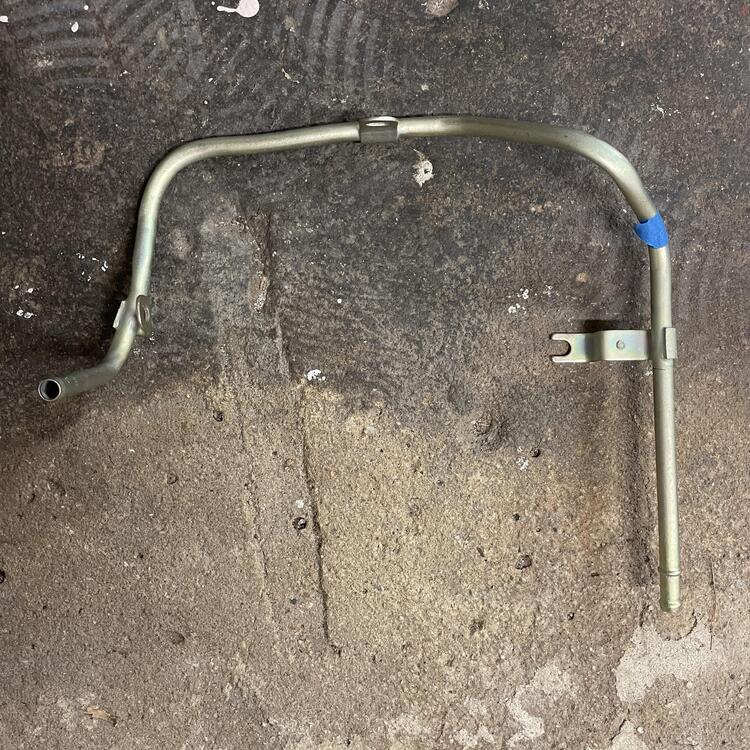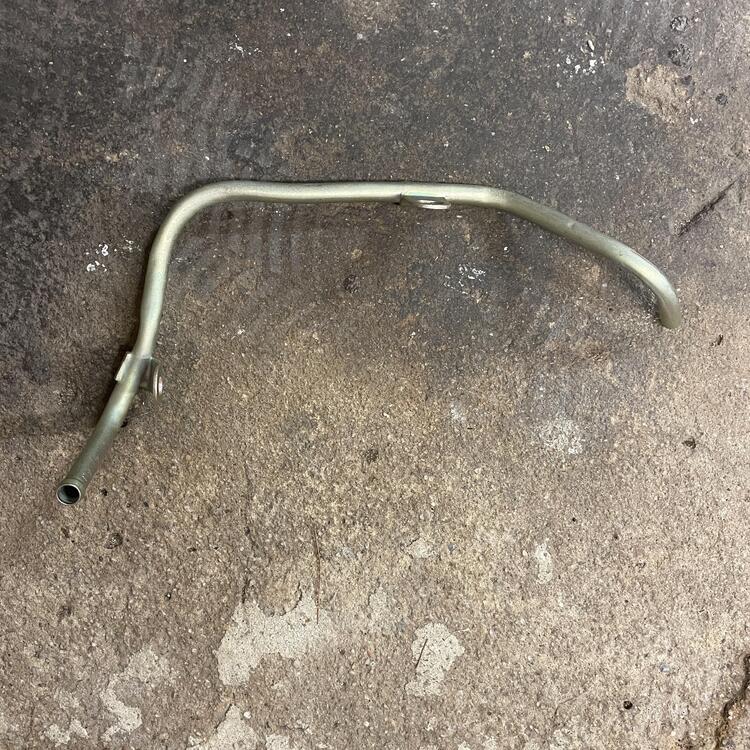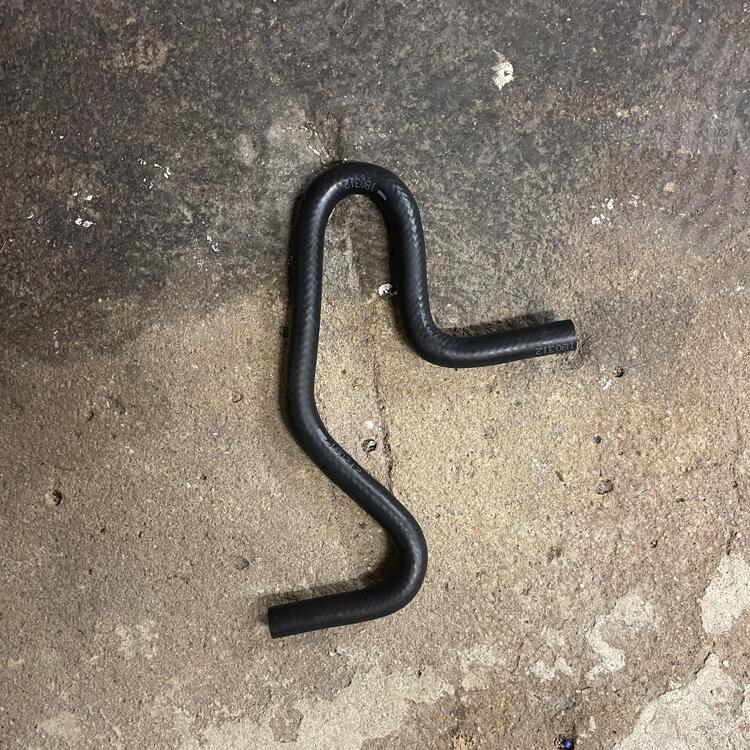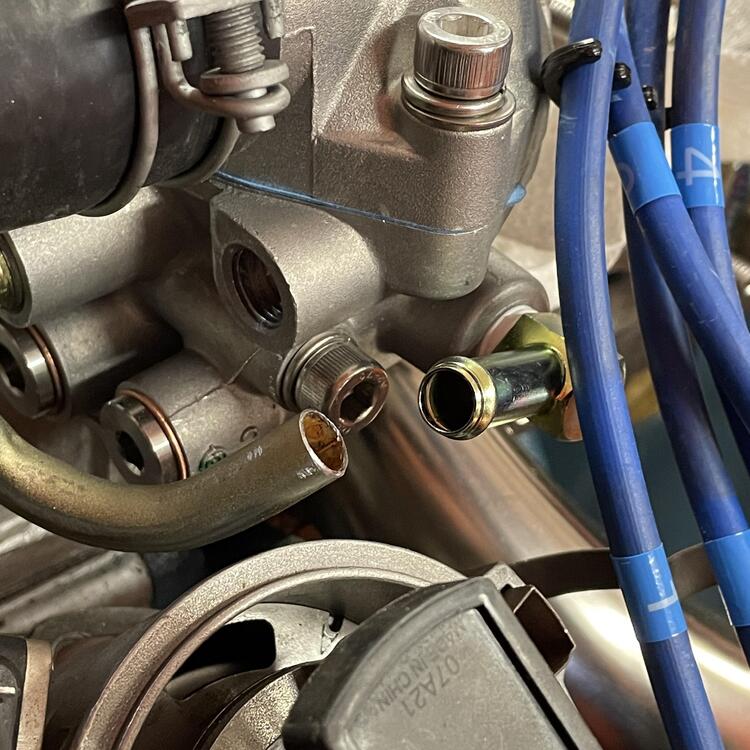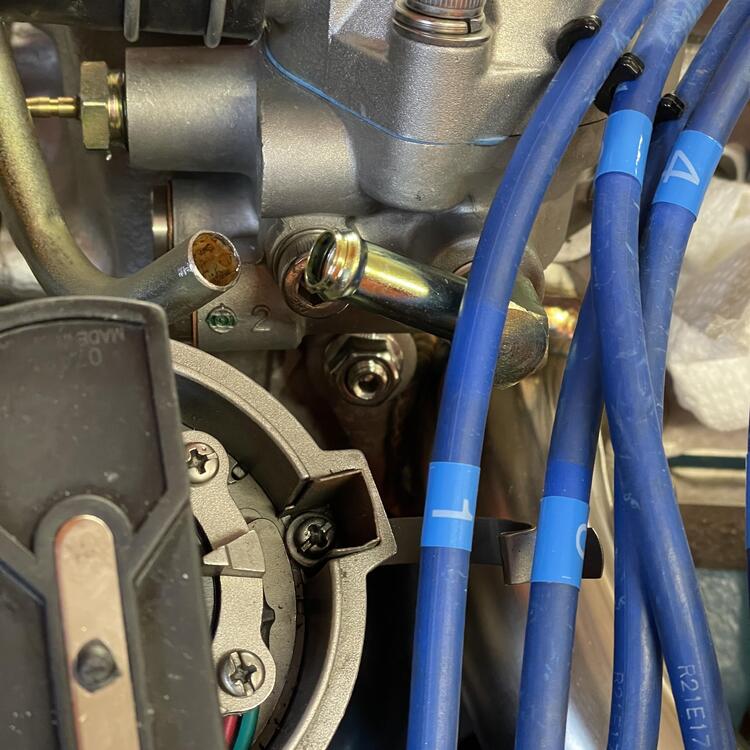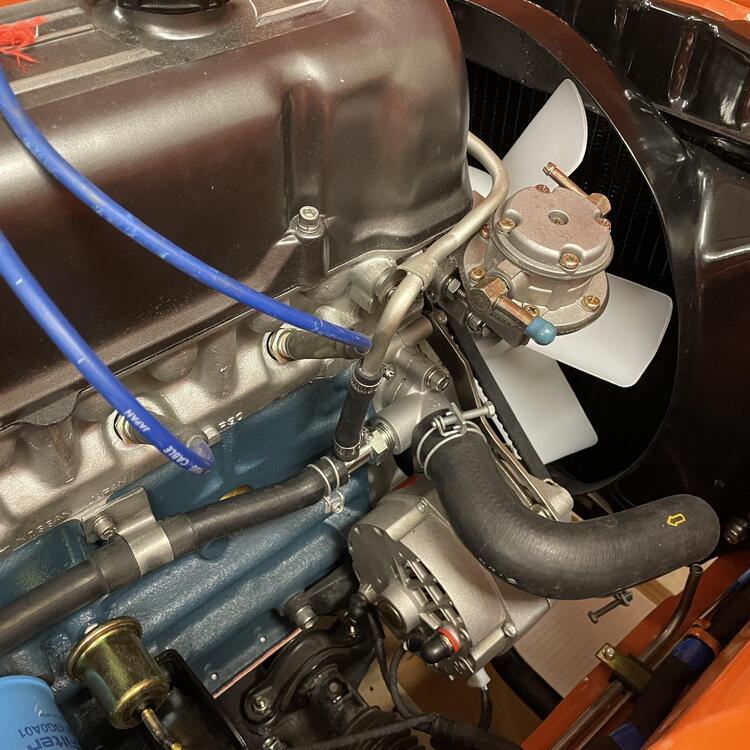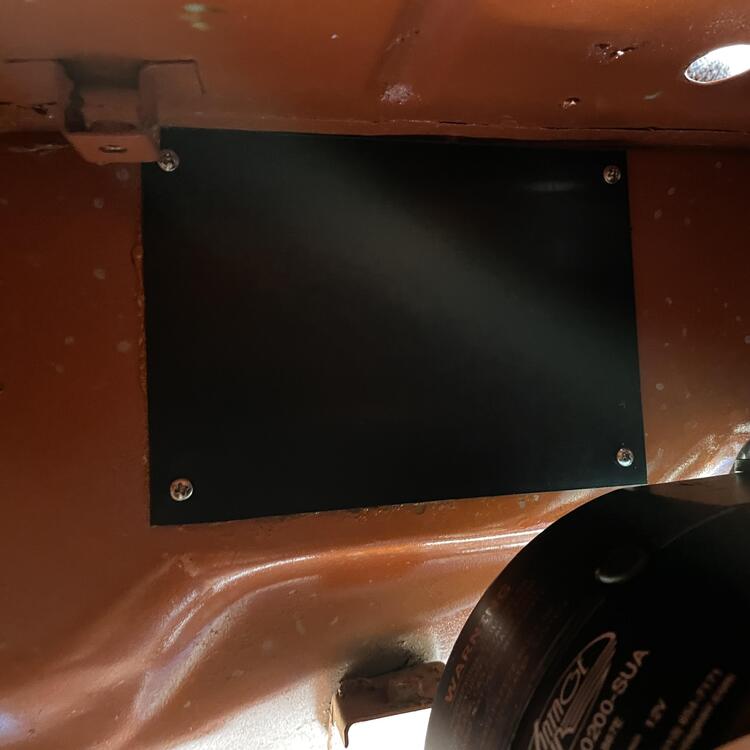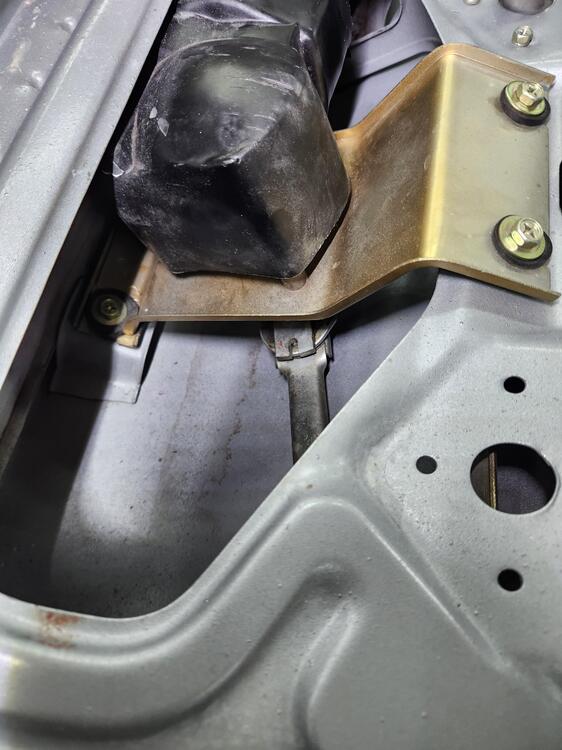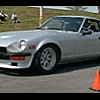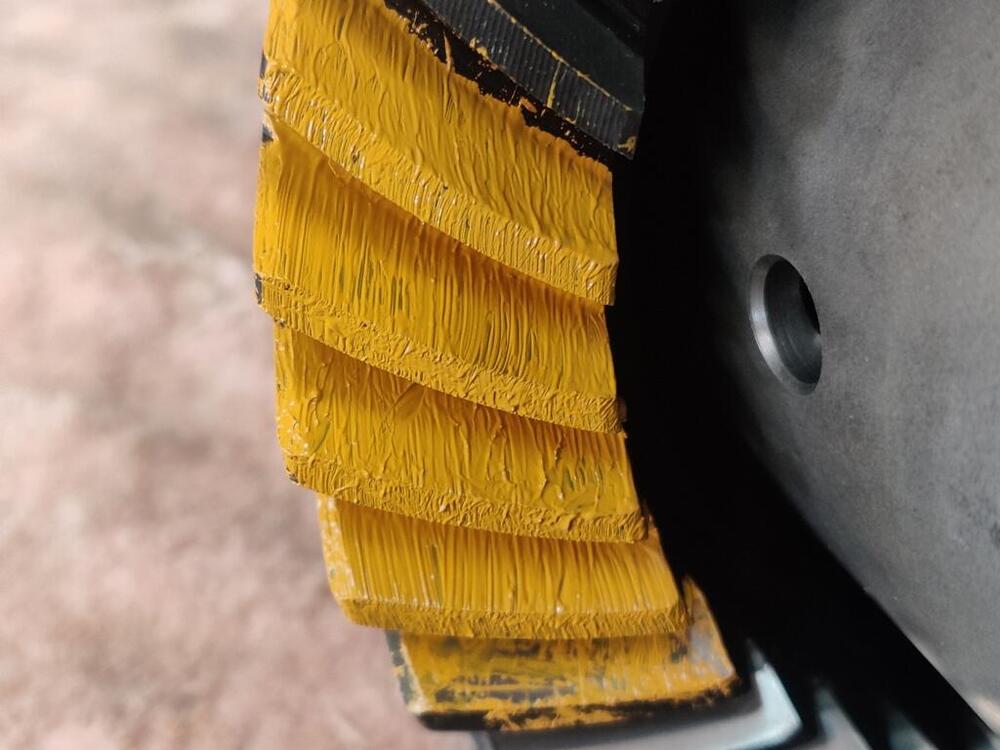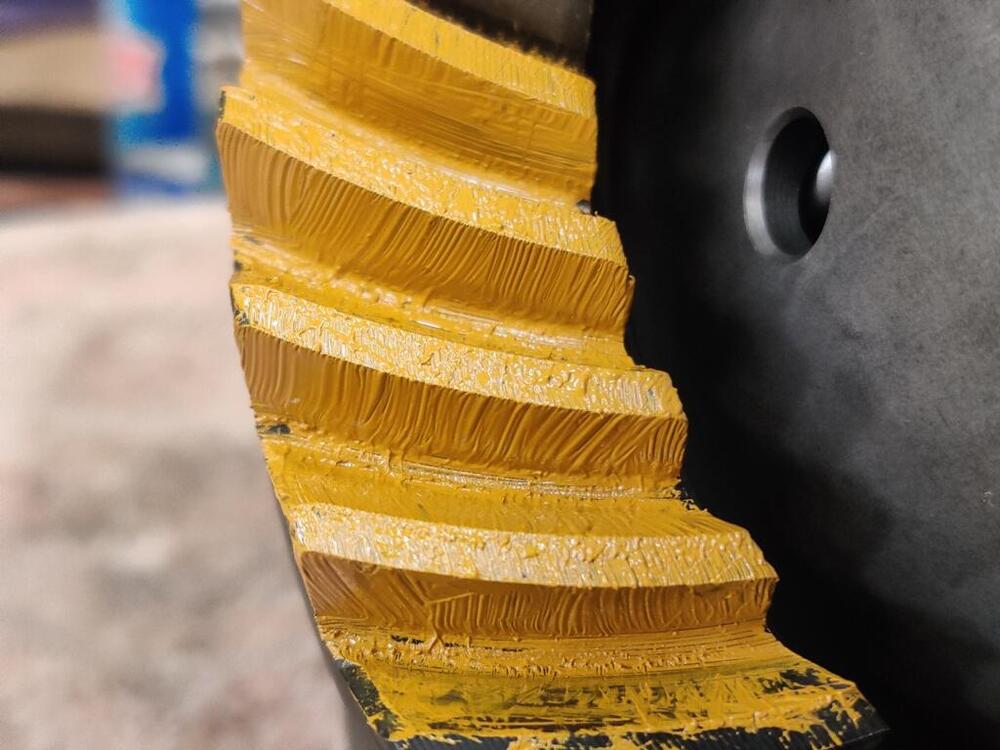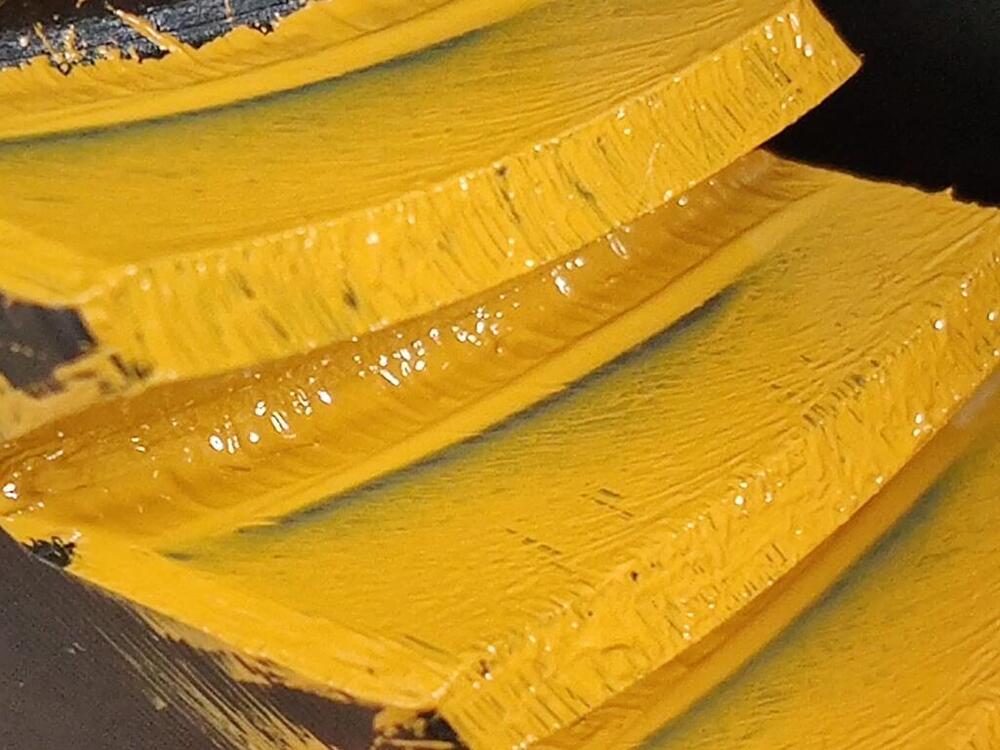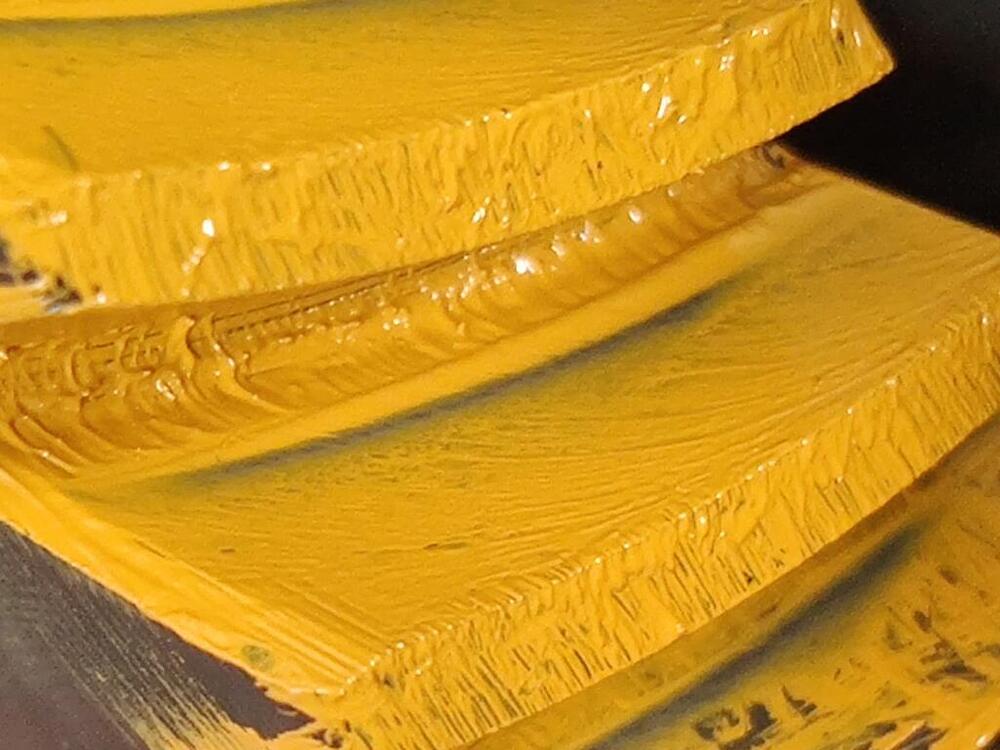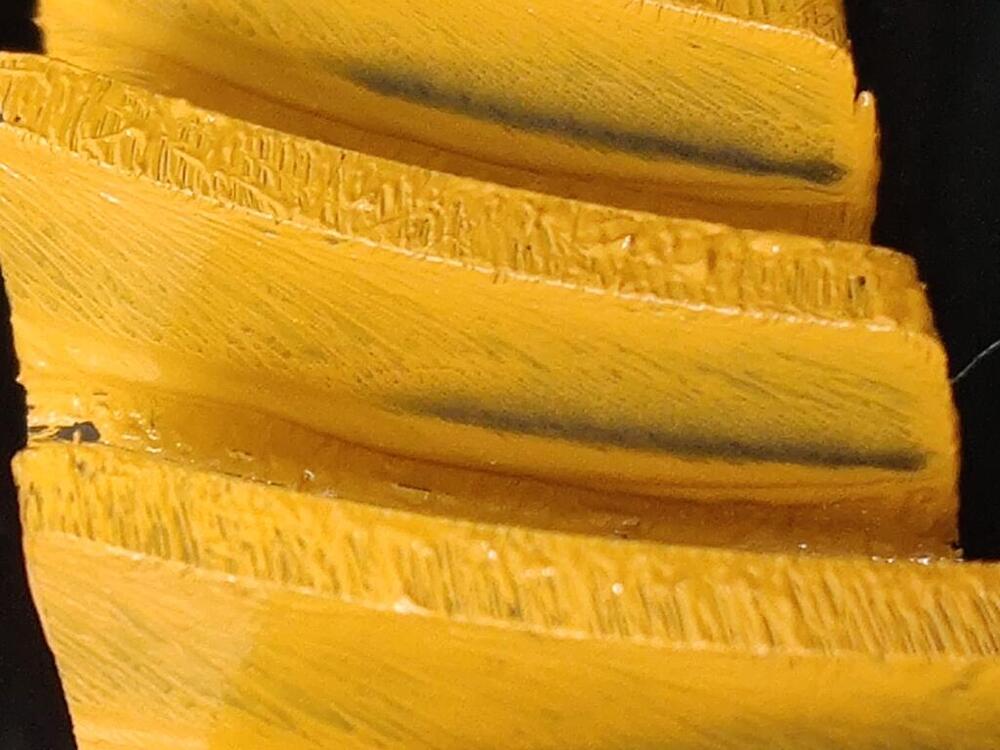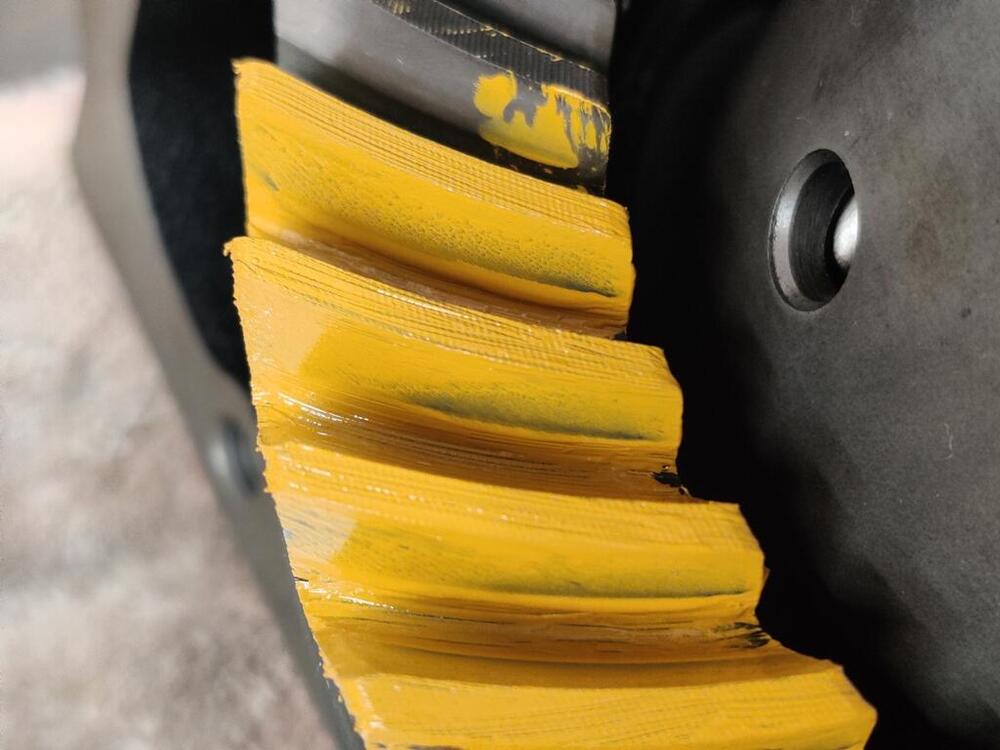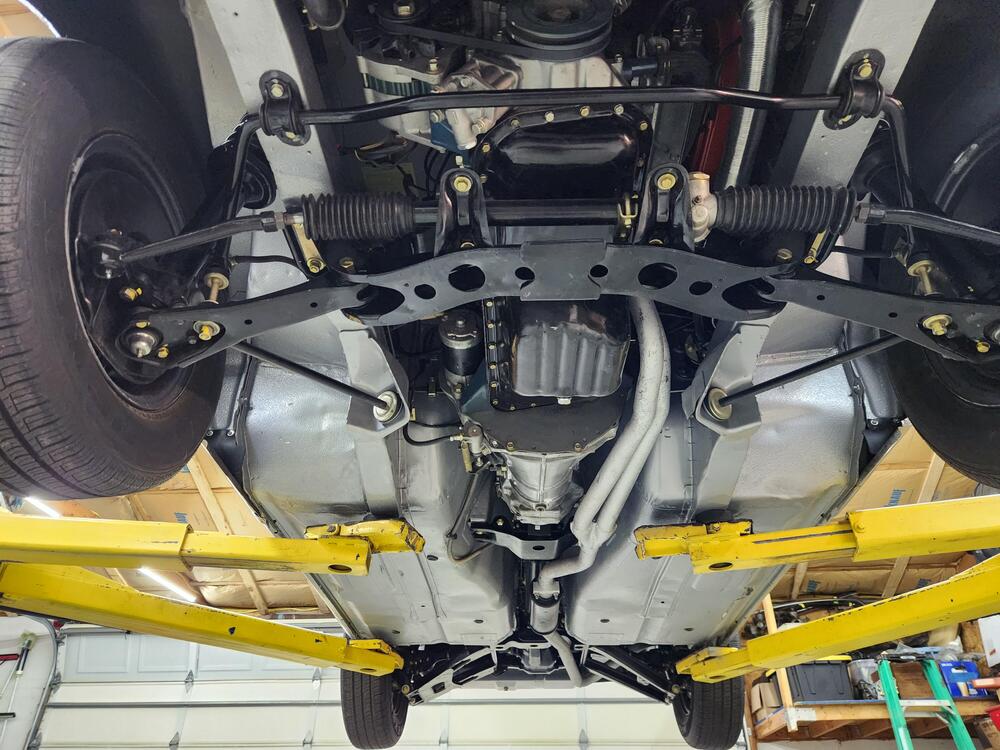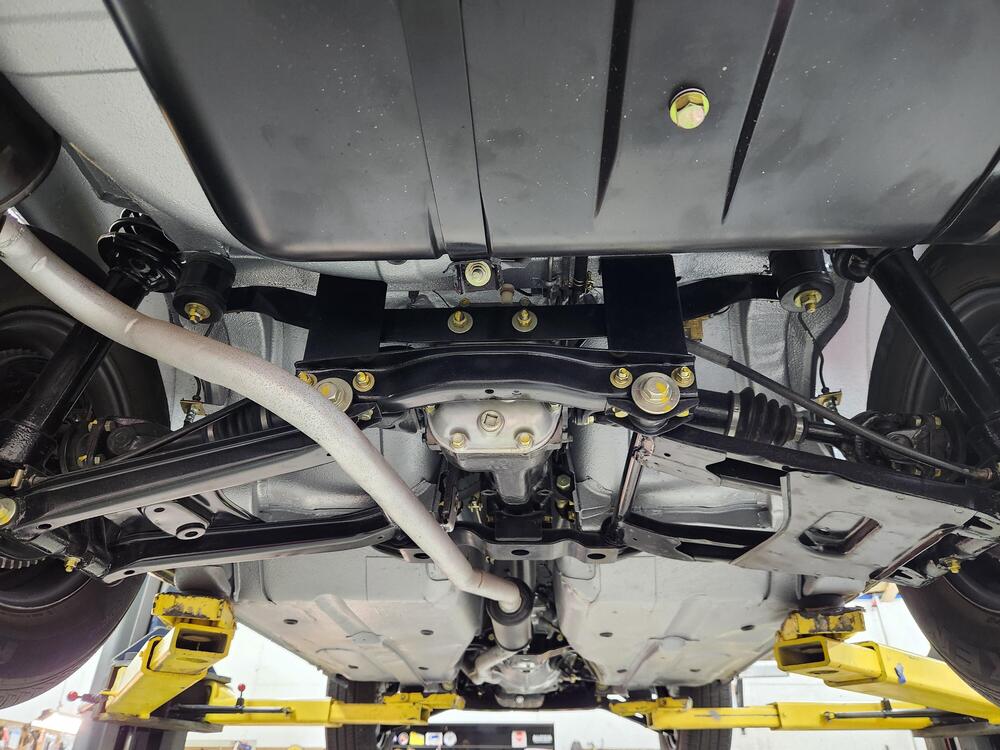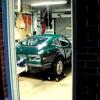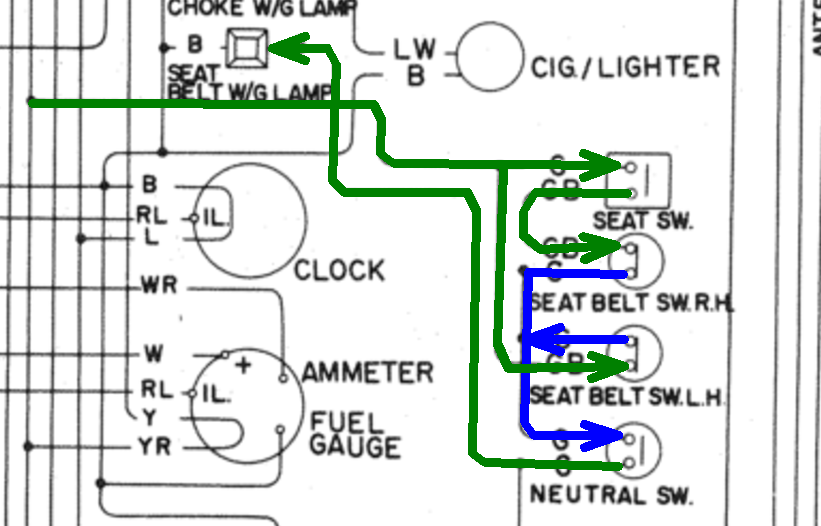I worked on the differential again today. I was surprised that upon taking the carrier out for about the 15th time, it "fell into" a different spot, I was able to remove it from the case with "more than enough" clearance where I had ground the case on the left side. I feel like an idiot - I didn't have to grind as much of the case as I did. Anyway, I'm not going to think about it anymore. I'm not going to be abusing this car, so hopefully I won't have a problem with the case where I ground it. If I do have a problem later, at least I will have the experience behind me of how to assemble one of these properly.
I put another .015" of shims onto the pinion gear, added to the original .126" shim and the .015" of shims I had already. With .030" of additional shims, I assembled everything again. I put the side flange shims into their original positions. I measured back lash at just under .009". Disappointing. It will need to come back apart and more shimming experimentation performed. ☹️
I went ahead with checking the wipe pattern. This time, I made the brush strokes perpendicular to the gear teeth, so it would be easier to see where the gears contact each other. Drive side and coast side, respectively:
Drive side:
Coast side:
I learned today that when meshing the gears together to check the wipe pattern in the paint, there needs to be a light load of resistance. In other words, when turning the pinion gear to drive the ring gear in the direction to move the car forward, dragging on the gear with one hand loads the ring gear teeth against the pinion gear teeth to show the pattern better. If you don't load the ring gear, the gears "float" a bit more and leave a less visible impression in the paint. Same is true for rotating backwards. Apply some drag with one hand to load the ring gear against the pinion to make the pattern more visible on the coast side.
I think I see what has happened here since last time. This time, the contact area on the coast side has moved more toward the heel end (outer edge) of the ring gear. And, it looks to me like the contact area on the drive side has moved a touch more toward the toe end of the gear.
If the pinion is either too "short" (needs to be moved toward the ring gear) or too "tall" (needs to be moved away from the ring gear), the wipe pattern will not be in the same area of the ring gear teeth on both the drive side and the coast side. If the pinion is too "short", the contact area will be more on the heel of the drive side, and more on the toe of the coast side. If the pinion is too "tall", the contact area will be more on the toe of the drive side, and more on the heel of the coast side.
So... I think I have too much pinion shim now.
Looking again at the pics from last time (.015" additional shim, and all three side flange retainers on the right side, which resulted in a backlash of .005"):
I think the contact area is more centered on the coast side (first two of the three pics above). And I think the contact area is a touch more toward the center of the drive side as well.
I think what I will do from here is go back to the previous set up. Regarding the contact area appearing lower toward the base of the tooth, I think that putting a load on the ring gear may help to show more clearly that the contact is actually more centered than it looks in those pics from last time. The second pic above gives me hope. We'll see.
Also important to note is that there is some additional flexibility with the pinion shims. Right now, I have a .3 mm on the left and a .4 mm and .5 mm on the right. They are sold in the following mm sizes: .2, .25, .3, .4 .5. As long as the combination I use adds up to 1.2, I will keep the pre-load where it needs to be. So, these are equivalent options, but move the ring gear toward the pinion differing amounts:
.2 and .5 + .5
.25 and .25 + .2 + .5
The learning continues.
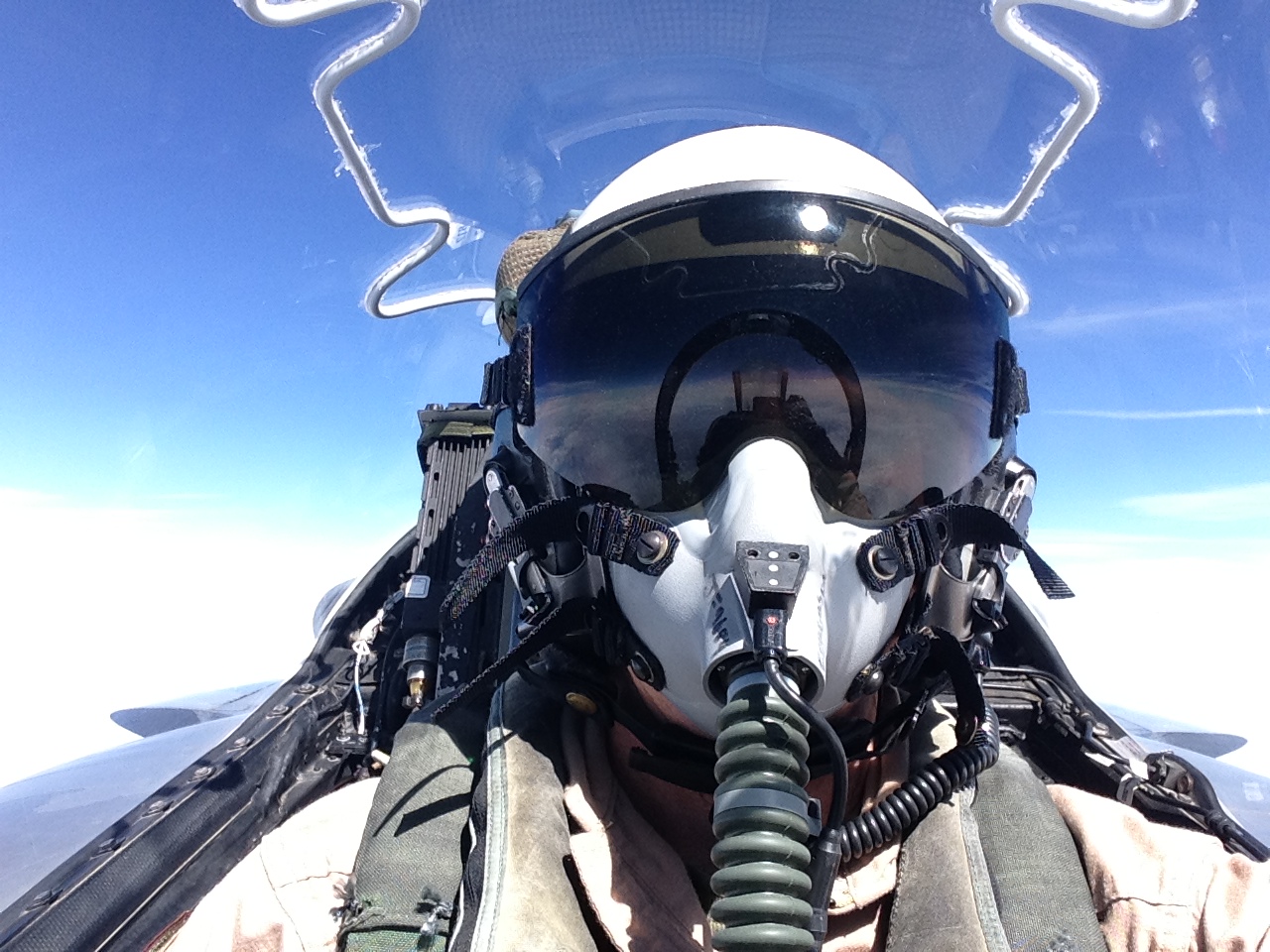
 Subscriber
Subscriber 6Points11,183Posts
6Points11,183Posts



